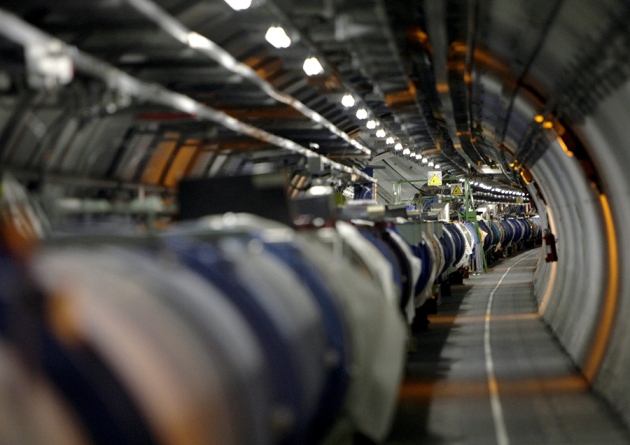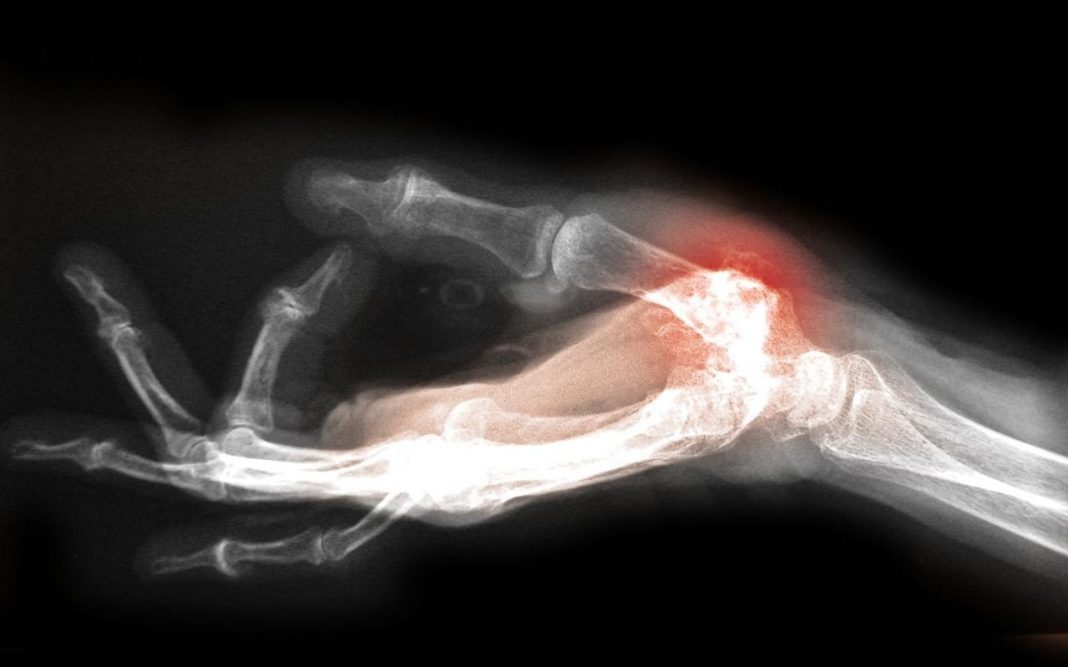Although it could be as many as 1 billion years in the future, the Milky Way and the Andromeda galaxy will collide with one another and destroy each other. What will remain after the two giants meet are the supermassive black holes at the center of each galaxy yet scientists haven’t been able to say for sure what will happen to them. Hopefully, the findings of a decade-long study, published in The Astrophysical Journal recently, have given some indication of what the galaxy’s future might look like.
About 10 years ago, scientists from the University of New Mexico found two supermassive black holes in a galaxy 750 million light years from Earth. Ever since they’ve been watching them closely. At a combined mass 15 billion times greater than the Sun, they estimate that it would take 24,000 Earth years for the two black holes to fully orbit each other. With such a slow orbit, no human will live long enough to see the shape of their orbits.
“The best way to detect orbital motion is to be able to see the curvature, but we would have to live 4,000 years,” says Karishma Bansal, astrophysicist, and the study’s lead author. “The process itself is slow — maybe after 1,000 years, but I won’t be here so I won’t know.” ( Inverse )
It’s the combination of the speed and distance that makes observation difficult. “If you imagine a snail on the recently-discovered Earth-like planet orbiting Proxima Centauri — 4.243 light years away — moving at 1 centimeter per second, that’s the angular motion we’re resolving here,” explains Roger W. Romani, a physics professor at Stanford University.
To make up for not having a centuries-long lifespan, Bansal and team used the Very Long Baseline Array, a collection of 10 radio telescope placed through the United States also called VLBA, to track the movement the galaxies over 12 years. The changes in the position indicated that the black holes, which are near together because of a merging of galaxies, are in fact orbiting each other.
While the discovery of an orbit is an important find in and of itself, scientists still do not know the final fate of these two black holes. It is assumed that, like most objects in the universe, they are destined to merge, creating gravitational waves similar to those produced in the three black hole mergers scientists have detected before. However, because the orbit is not fully known, Basal and her colleagues cannot verify that this is what will happen with these particular black holes.
If the researchers cold find a more compact binary galaxy system, with a shorter orbit cycle, they could get a clearer idea of how two supermassive black holes behave while orbiting each other and if that would end in a fusion of the two or some other destructive end. “If we manage to find something closer that would be huge,” says Basnal. “That would tell us what would happen. Their fate – it’s a mystery.”
If we could observe such a galaxy or event, it would be like seeing far into the future of the Milky Way and its fated date with the Andromeda galaxy a billion years from now. “That’s what’s cool about astronomy,” Basnal says. “You get to see something about our own future.”
“They will rip one another apart and the material around each other will merge,” she explains. “Because they are both spiral galaxies, and are both so huge, they will distort the structure of one another.”
Related Links;
More News to Read











